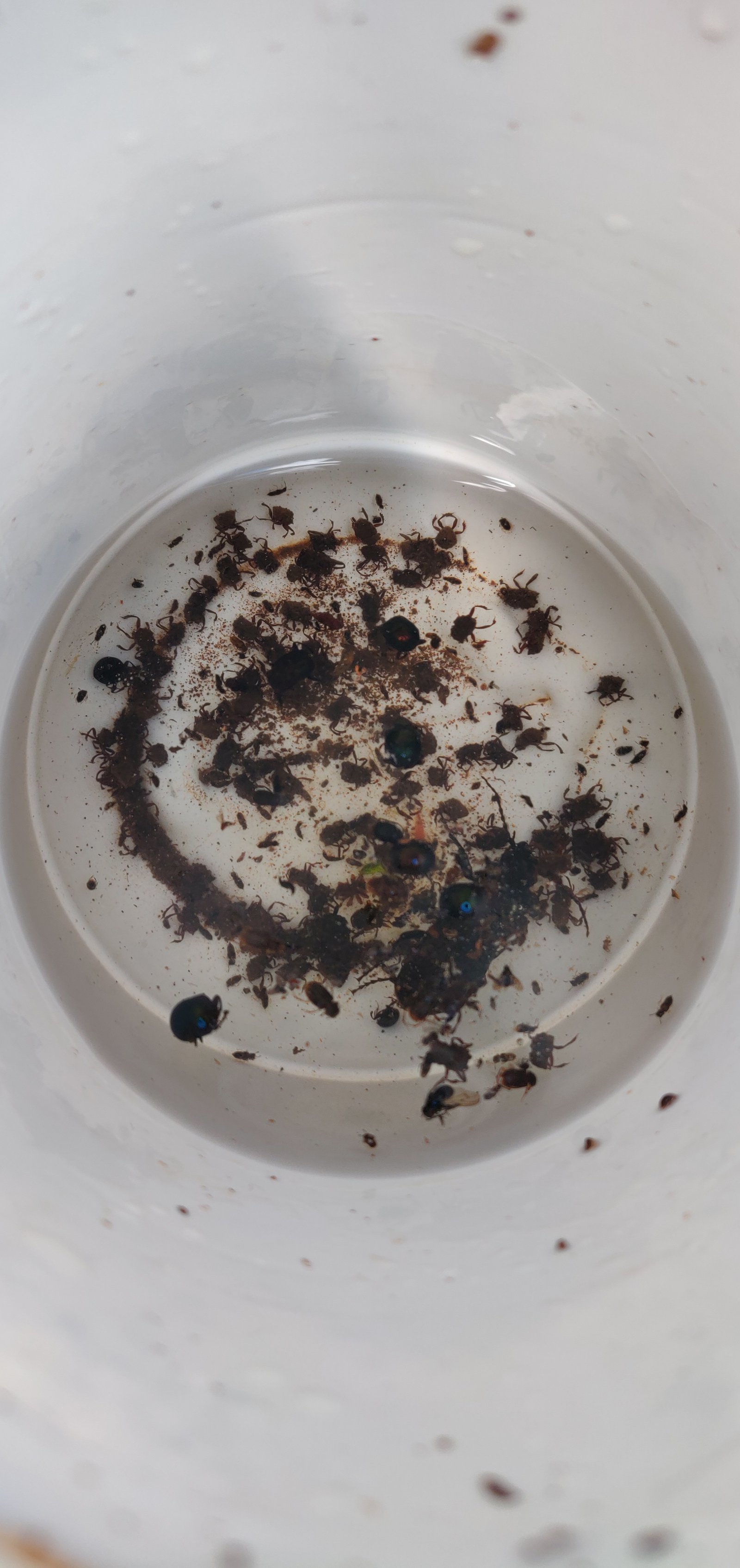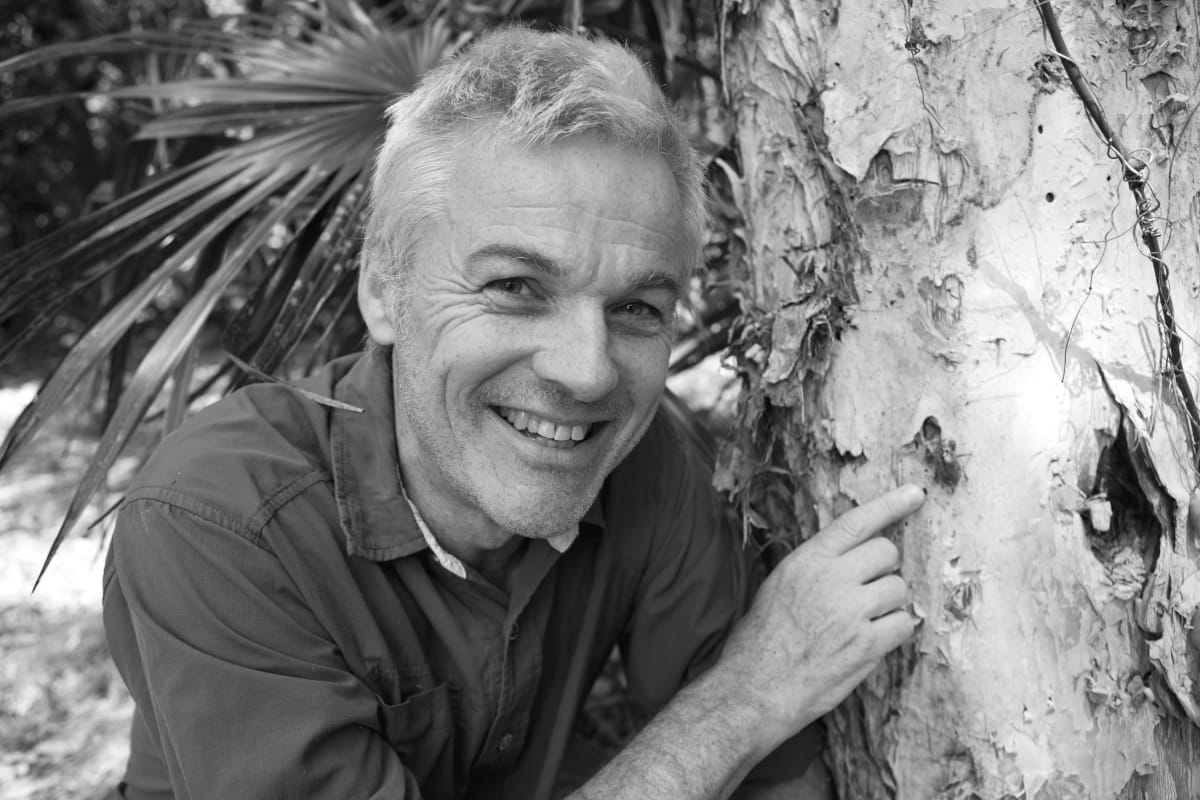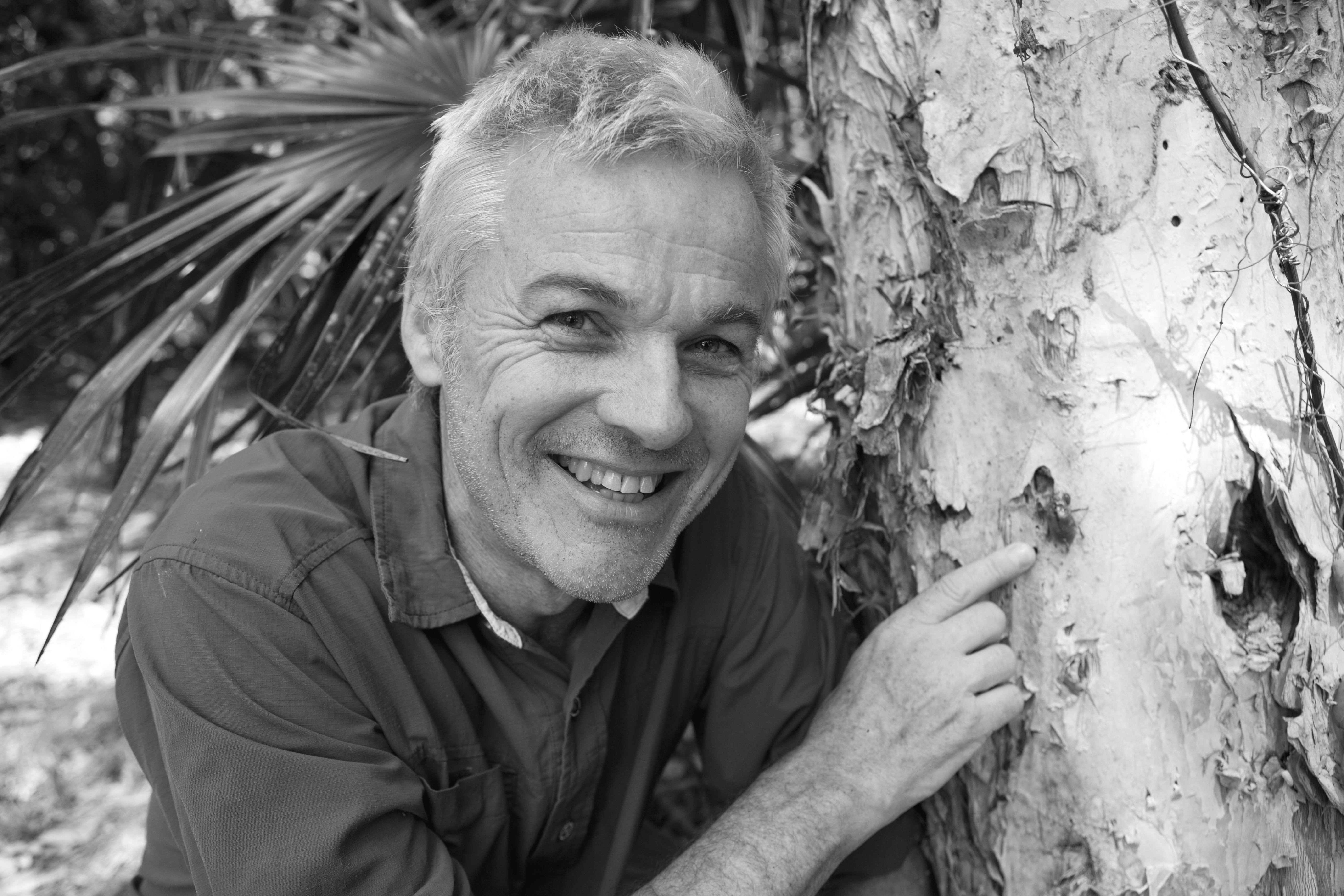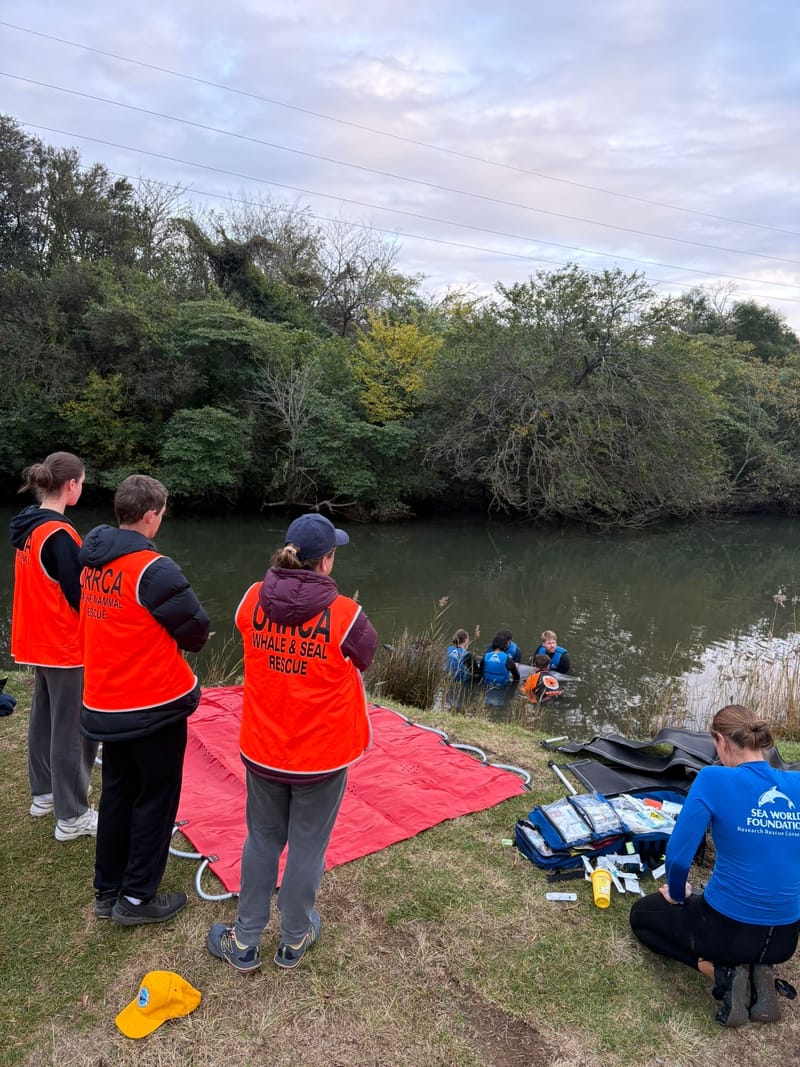Beetling About: Mysteries of the organism
It seems strange to be talking about fires when we are in the middle of floods, but that’s the nature of the beast here in Australia. Which makes it such an interesting place for a biologist. I’m still studying dungbeetles in burnt forests of...

It seems strange to be talking about fires when we are in the middle of floods, but that’s the nature of the beast here in Australia. Which makes it such an interesting place for a biologist. I’m still studying dungbeetles in burnt forests of north-east NSW with my assistant, Aidan, and these are notes after our second trip.
We’ve now spent four weeks in some of the most remote wilderness forests of NSW and my head is full of the experiences. Vast burnt forests that are almost silent. The stark contrast of the lush green undergrowth with black tree trunks. Magical little patches that somehow didn’t burn.
What I’ve seen is that the rainforest mostly hasn’t burnt and, if it has, generally the forest floor has burnt, together with all saplings and vines and the more sensitive trees but leaving some canopy intact. However, even such living fossils as the southern beech tree (Nothofagus) have produced ground-level shoots from their burnt stems. Outside rainforest patches, the fringing tall, wet sclerophyll forests are often severely burnt, as is much of the drier forest.
What I’ve also discovered from talking to locals is that the New England tablelands were in terrible drought before the fires – 11 years, they say in Glen Innes, where some are still shipping in water. The fires were an outcome of that. The horse skeletons at campgrounds in Oxley Wild Rivers National Park are from starvation during the drought. And the lovely picnic glades and campsites in Washpool are empty of animals; the rangers said there used to be 20 to 30 wallabies a night.
So, how to explain some of the phenomenal numbers of dungbeetles in the forests? At various sites in Mount Hyland Nature Reserve we frequently collected more than 30 individuals of the same flightless species (of Amphistomus) in each roo-baited trap (jam-jar sized) in one night.
We used three traps per site, separated by 4m each, so 120 individuals per small patch of forest. This species is flightless, it can’t fly to the trap. We never heard or disturbed wallabies or kangaroos in the forests and it’s hard to imagine huge densities of possums or other mammals. Birds, reptiles?
Nothing is known about the biology of Amphistomus species except that they are attracted to poo baits and the adults are only active in summer. If they are like other dung beetles, they have an annual life cycle – so the adults seen now are the product of eggs laid last summer in the middle of the fires and drought. No reason for large numbers from that. Perhaps like another odd Australian dung beetle (Cephalodesmius, found in the Illawarra) they use dung when it’s available and make their own when it isn’t.
Intriguing. So I’m going to look for vertebrate DNA in the guts of the specimens we have. The Australian Museum has one of the best labs anywhere for identifying vertebrate DNA and hopefully a little fishing expedition in the beetle rear ends will be fruitful.
Once again I’m extremely grateful to the mammal people at Symbio Wildlife Park – Jake, Jilie, Elizabeth and Naomi – for providing me with
the baits.
ABOUT THE AUTHOR

Dr Chris Reid lives in Helensburgh and works in the Australian Museum as a research scientist specialising in beetles. His job is a combination of research, teaching or supervising students, and dealing with public enquiries. A NSW government beetle expert, Chris describes his identifying beetles as “a bit like detective work”. “Working on insects means I get to indulge in two favourite pastimes: travel and bushwalking.”





